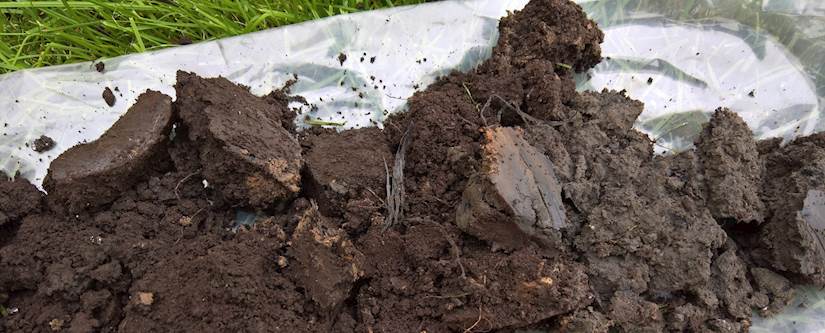
PART 2: Assessing Environmental Risk from Site Investigation Reports
In our earlier blog post we talked about some of the key things to look out for in site investigation reports from a data review perspective. This Part 2 on What to Look out for in SI Reports focuses on three classic aspects of ‘remedial recommendations’ – membranes, clean cover and certified top soil.
Again, it’s crucial to remember that reports are done for a wide variety of reasons and objectives, which will have a direct impact on what information is obtained and what conclusions and recommendations are made. Once you have figured out the data side, what is relevant to your project and where the gaps are, you have to step into the words to ensure you are allowing for all the recommendations that the report is signing you up to.
Gas Membranes
Often remedial works that have been recommended are costed for worst case scenario and 100% delivery. But many recommendations will be ‘precautionary’, meaning there are generally savings to be achieved if further data can be obtained. A classic example would be a recommendation for gas membranes in all new buildings to guard against a potential risk of organic vapours (petrol, solvents, landfill gases etc) entering buildings. The overall cost of installing membranes has increased significantly over the last couple of years, mainly due to the much more stringent verification requirements, so there is often value in spending an additional ~£2-3k on targeted ground gas monitoring to establish if that ‘potential risk’ is an ‘actual risk’, thereby potentially saving £10,000s on final build cost and reducing programme.
Clean Cover Systems
You’ll often see a recommendation for 600mm clean cover for gardens / landscaping and we would always take a closer look at that. Have they actually used the BRE simple cover system guidance they’ve likely referenced? Probably not, to be honest, as that guidance is not likely to come up with a thickness of 600mm (the approach essentially relies on new clean top soil mixing over time with the less clean material below to form a 600mm top layer which is ‘clean enough’, so the thickness of clean cover needed should either always be less than 600mm or simple cover is not appropriate).
But the real cost is the removal of material to achieve required site levels, so two things to consider – a Materials Management Plan (MMP) to avoid an intention to discard material that might not be OK for private gardens but could be fine for landscaping in an area of public open space. Or maybe the ‘simple’ cover system could be reconsidered as an engineered cover system, whereby you design a way to avoid / restrict interaction between people and the contaminated soils – such as a layer of crushed concrete or ‘no dig’ high vis membranes. How about a ‘hardstanding’ patio area instead, or some astro turf? Any effective approach that reduces the thickness of the cover system is generally going to reduce the need to remove materials.
Certified Clean Soils
We see issues around certified clean soils all the time. I mean, what does ‘certified’ or ‘clean’ actually mean? Sadly they are both relative terms. For example, the certification provided might be focussed on the British Standard for top soil and may not provide enough to satisfy a local authority. And anyway – you really have to ask yourself whether the sample of soil being used as ‘certification’ is actually representative of the big pile of brown stuff that ends up getting delivered to site. Unfortunately it often isn’t and that’s a key reason why Local Authorities are now more commonly requiring the top soil to be ‘validated in-situ’ i.e. actually take representative samples of what comes to site. And all too often we are seeing on-site testing fail ultimately resulting in the material having to be removed and replaced, with arguments over contractual costs and hand over inevitably looming!
So if you are bringing in top soil – firstly ensure that you are sure about what you’re asking for and buying and that the supplier is openly taking responsibility for its quality. That way if it does end up failing then the resolution happens quickly. And this isn’t just brownfield or remediated sites – we’re now seeing local authorities attaching verification conditions to ANY development where top soils will be imported.
If you could do with some advice on any of the points raised in this blog then please give us a call on 01954 710666, we'd love to hear from you.